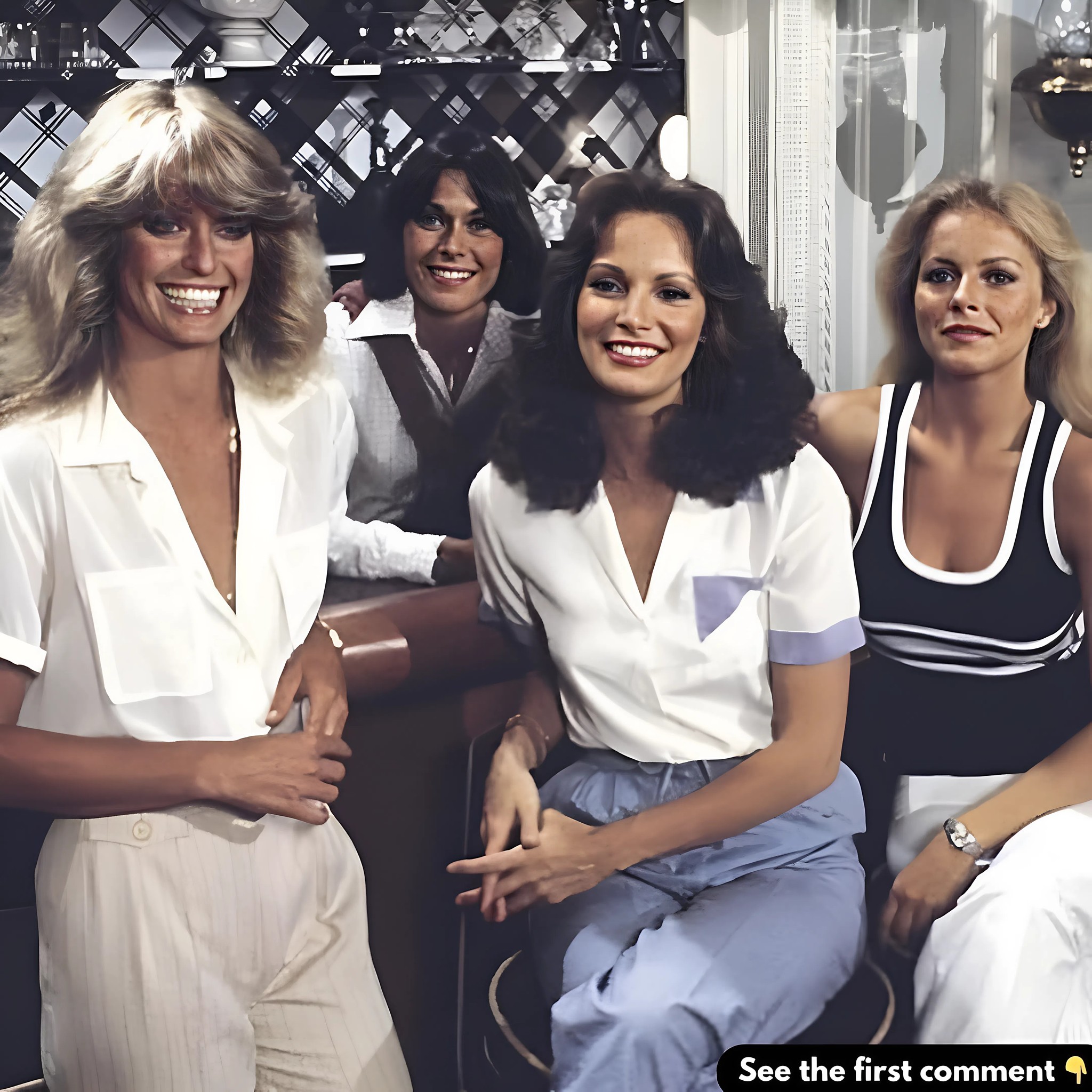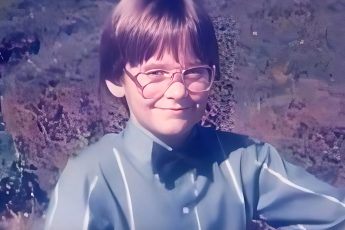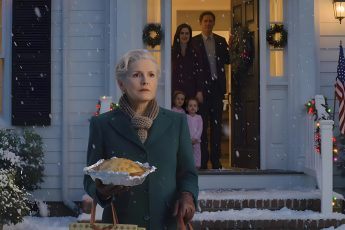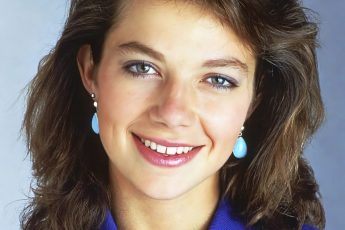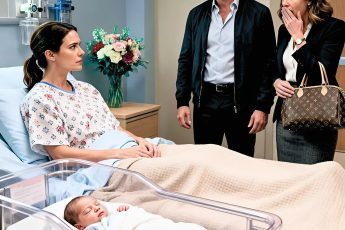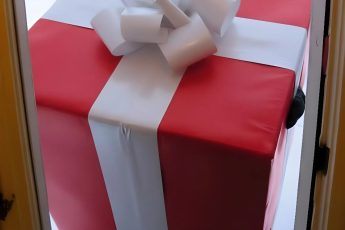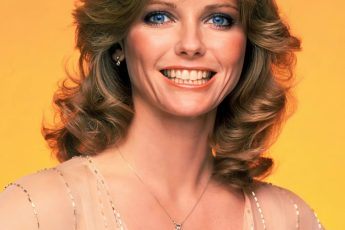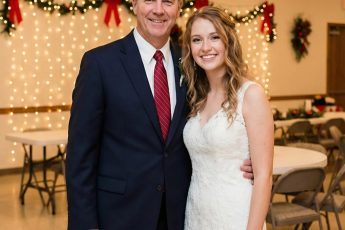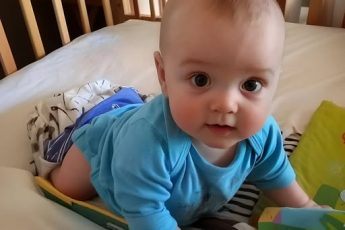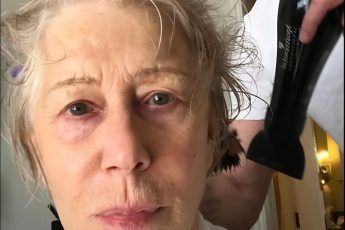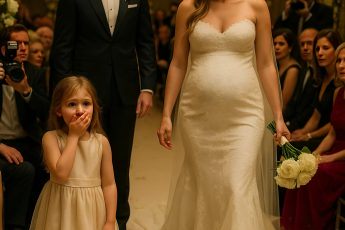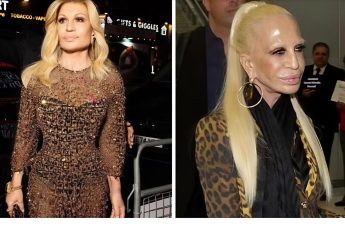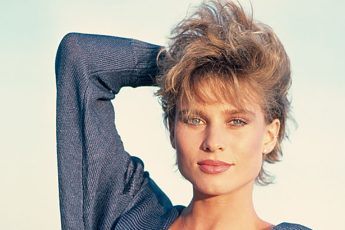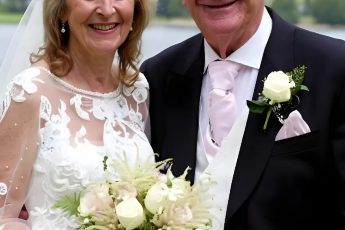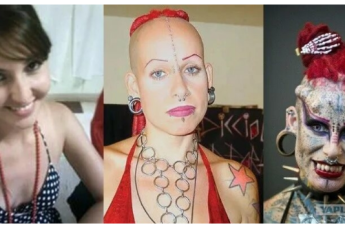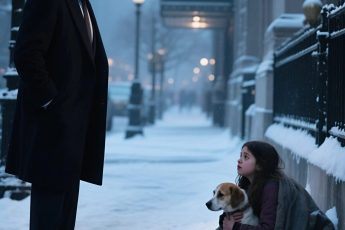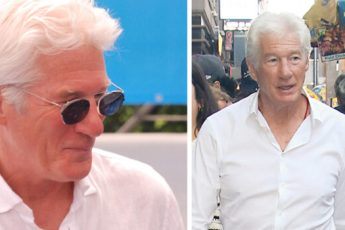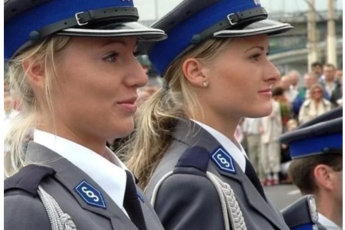In 1967, television changed forever when Charlie’s Angels hit the scene.
The show didn’t just entertain, it rewrote the rules about what female heroes could be.
Farrah Fawcett, Kate Jackson, and Jacqueline Smith didn’t just solve crimes, they broke barriers, proving that women could be smart, strong, and stylish all at once.
Charlie’s Angels went far beyond thrilling mysteries and daring escapades. Farrah, Kate, and Jacqueline became icons of empowerment, inspiring an entire generation to rethink female roles both on screen and beyond.
Let’s not forget about fashion — these chic outfits were not just costumes, they were a statement that influenced trends and pop culture in ways no one expected.
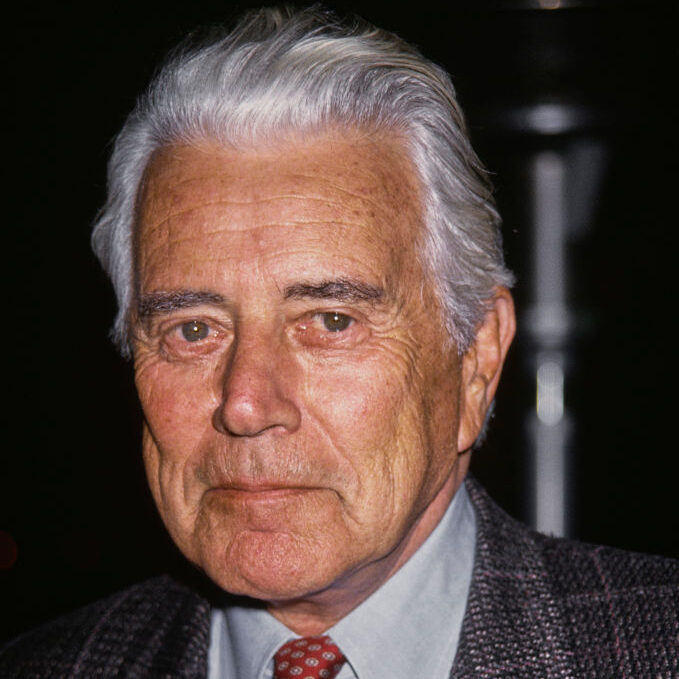
Despite mixed reviews from critics and a reputation as nothing more than ‘television for muscleheads’ that emphasised the sexual appeal of its characters, Charlie’s Angels still made it into Nielsen’s top ten during its first two seasons.
For many years, I mainly watched reruns of this legendary show, but recently I decided to dig deeper and find out what was really going on behind the scenes of this cult classic. And here’s what I’ll tell you: it turns out there are a whole bunch of hilarious bloopers, unexpected moments and surprising stories that you may not even have suspected.
The problem with alcohol and pyjamas
For those who somehow missed this cult classic, here’s a quick recap: The TV series Charlie’s Angels follows the adventures of three women working for a private detective agency in sunny Los Angeles as they fight crime. The original trio — Kate Jackson, Farrah Fawcett, and Jacqueline Smith — led the show, while the voice of their mysterious boss Charlie Townsend came over the intercom, directing their missions.
Here’s some fun behind-the-scenes information about Charlie himself. John Forsythe wasn’t the first choice for the role of the boss. The original actor, Gig Young, was dropped from the role at the last minute due to alcohol problems. Forsythe was brought in to replace him, and he ended up recording his first voiceover in his pyjamas.
Throughout the series, Forsythe never appeared on set. All of his lines were recorded separately and then dubbed. He even told the series’ producer, Aaron Spelling, that if he appeared on screen, it would cost a fortune. To maintain the illusion, every time Charlie was ‘seen,’ it was actually just a stand-in filmed from behind or from a distance.
Same cars, different angels
Here’s a blooper you might have missed, even if you’ve watched Charlie’s Angels a dozen times. Every time a new scene begins at Townsend’s agency, the same shot of the building with the Angels’ cars parked at the entrance is shown. But — if you pay attention — the cars at the entrance rarely match the Angels inside in the next scene.
And here’s another thing: when all three cars are shown, they are almost always parked in the same order from left to right — white, yellow and orange. Sequential, right? Well… not quite. The white and orange cars are always parked in red zones (i.e. no parking zones), and there is only one parking meter for all three spaces. So either the Angels had serious VIP passes, or the parking department simply turned a blind eye to the crime-fighting fashionistas.
Oh, and if you’re wondering what those stylish cars were? Each Angel had her own signature Ford. Jill (and later Chris) drove around in a flashy Cobra, Kelly kept a low profile in a Mustang, and Sabrina cruised around in a Pinto, as befits a boss. Let’s not forget Bosley — he, of course, arrived in a Thunderbird.
How much did they earn per episode?
When Charlie’s Angels first aired, Farrah Fawcett and Jacqueline Smith were new to the acting scene, and it showed in their salaries. Both received only $5,000 per episode. Meanwhile, Kate Jackson, the experienced professional of the trio, received twice as much — $10,000.
But everything changed — especially for Jacqueline Smith.
As the only Angel who stayed with the show for all five seasons, Smith’s salary grew along with the show’s popularity. By the time the final season aired, she was earning an incredible $75,000 per episode, becoming one of the highest-paid television stars of the time.
Only four celebrities earned more than her: Carroll O’Connor (All in the Family), Alan Alda (MASH), Larry Hagman and Linda Gray (both from Dallas).
From Alley Cats to Charlie’s Angels
Believe it or not, the legendary series Charlie’s Angels had a completely different and very awkward title: Alley Cats. Yes, it was the original title, although it had nothing to do with the stylish, crime-fighting women who were at the centre of the series. And let’s be realistic… the title didn’t exactly scream ‘stylish detectives’.
Fortunately, Kate Jackson came to the rescue. Sitting in Aaron Spelling’s office, she noticed a painting on the wall depicting three angels. Then inspiration struck, and she suggested naming the series Charlie’s Angels.
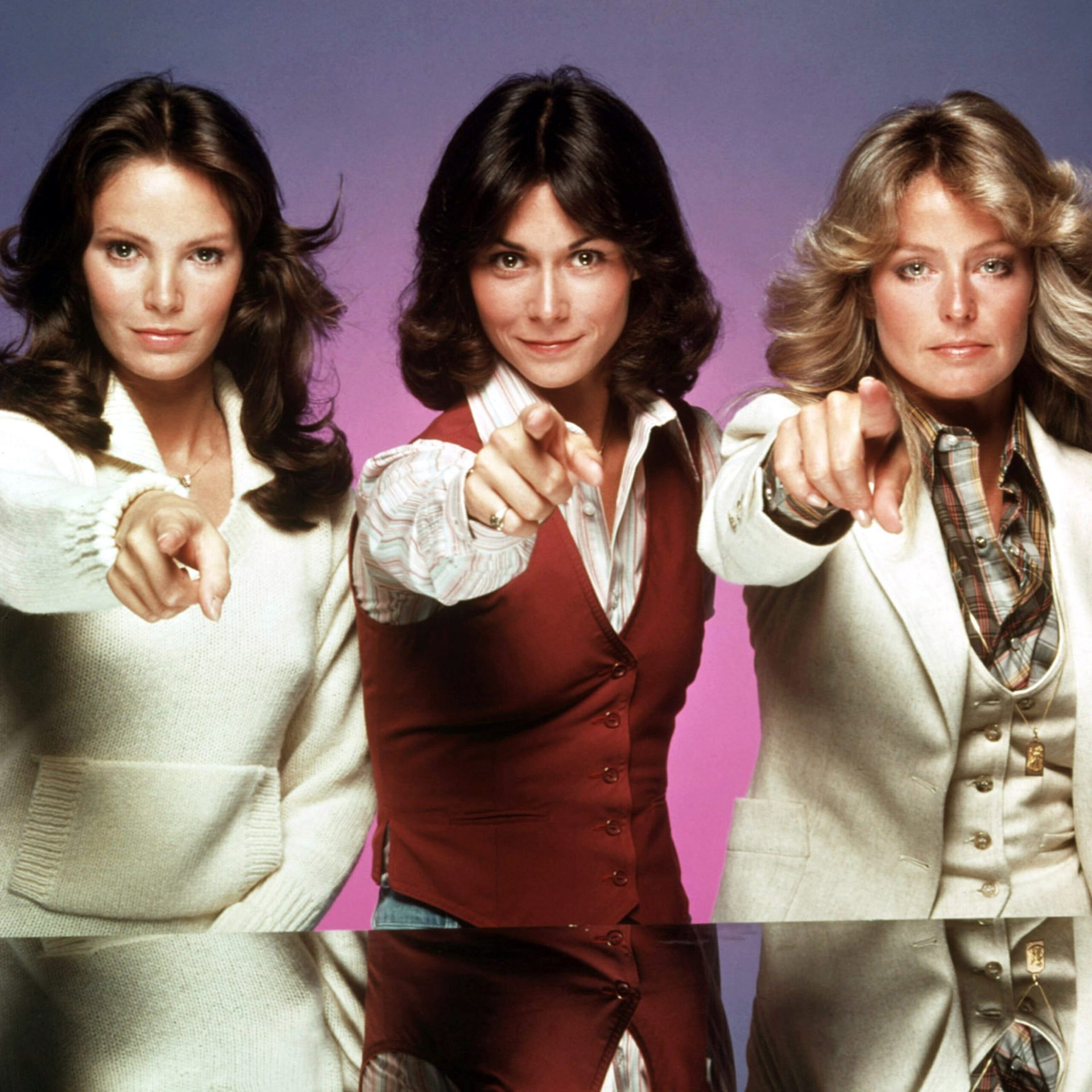
And then? Television history.
Thanks to this moment, the series became a pop culture icon, creating a legacy that lives on today through reruns, DVD box sets, reboots, and a full-fledged film franchise that launched in 2000.
Why Farrah Fawcett really left
When Charlie’s Angels first aired in 1976, Farrah Fawcett wasn’t just one of the stars — she was a phenomenon. Her famous red swimsuit poster was everywhere, and her feathered blonde hair became the hairstyle of the decade. Fans were obsessed. The media couldn’t get enough. But after just one season, she shocked the world: Farrah quit.
Why did Farrah Fawcett leave one of the biggest shows on television? It turns out that the answer is multifaceted: money, marriage, ambition, and a deep desire for something more than just fame.
When you look at photos from the set where all the Angels are together, they often seem happy and cheerful — but behind the scenes, things were much more complicated.
Farrah’s sudden fame undermined her former co-stars on the show, Kate Jackson and Jacqueline Smith. According to the Washington Post, she was hoping for a raise to $10,000 per episode, but rumour had it that she wanted $75,000. In addition, rumour had it that she was asking for 10% of the profits from merchandise sales. But the producers didn’t get any real signals from her.
I said, ‘Well, Farrah, what if we give you eight per cent?’ and she replied, ‘Well, no, I don’t know,’ producer Leonard Goldberg recalled in an interview with Vanity Fair. It seemed like she didn’t want to negotiate at all.
The real struggle Farrah faced
In fact, Farrah was striving for something more than just making money on television. In early 1977, she told the Washington Post that she dreamed of making ‘a film with real female emotions.’ Her co-star Jacqueline Smith later confirmed that Fawcett ‘wanted to make feature films, not series.’
Farrah and her then-husband Lee Majors even started their own production company called Fawcett-Majors Productions. The show’s producers tried to get her to stay by offering her a deal: keep acting in ‘Angels’ and they’d also cast her in a feature film. She turned it down.
Farrah felt creatively stifled. Although the show was famous for its glamour and action, she wanted to show more depth — more pain, more heart.
‘I want them to start showing that she’s had a hard time too, that she cries and is sad,’ she said in an interview with The Washington Post. Who’s going to root for her if all she does is say, ‘Ooh! I’m playing a prostitute this week?’
She even admitted that the show’s popularity probably had little to do with the acting. ‘When the show became No. 3, I decided it was because of our acting. When it became No. 1, I decided it could only be because none of us wore bras.’
In the end, she was extremely honest: ‘Creatively, I just felt stifled. So it was time for me to leave.’
‘I felt awkward when suddenly I was getting more attention and fan mail than Jacqueline Smith or Kate Jackson,’ she said in a 1981 interview with People. “I felt them changing, not outwardly, but inwardly. We never argued, but I felt a slight barrier.”
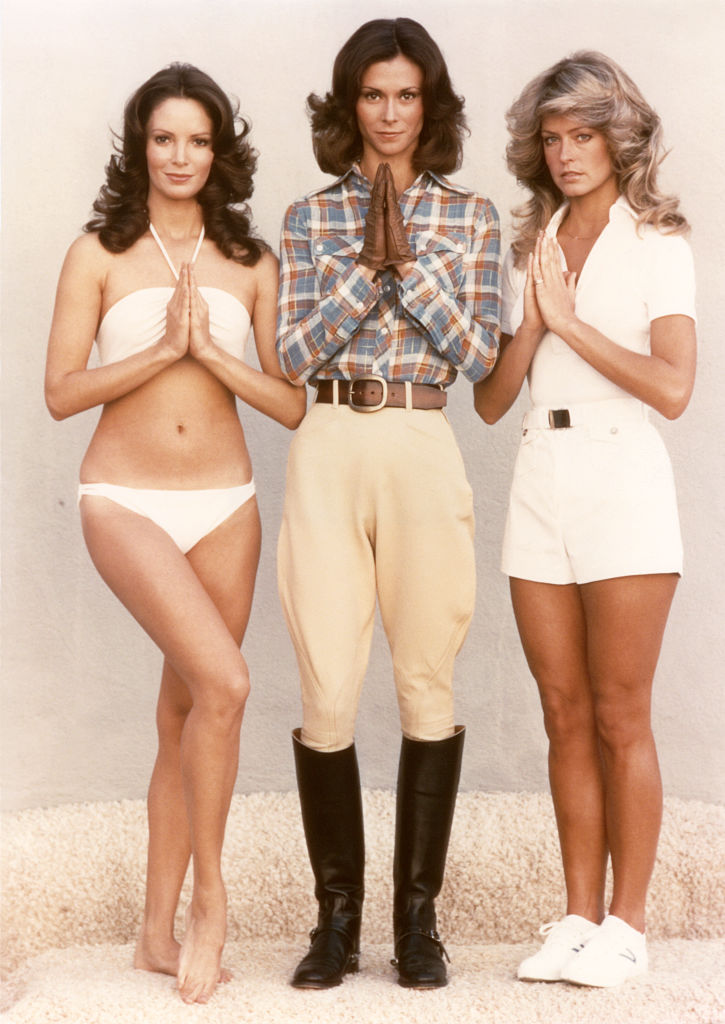
Wherever she went, she was greeted by fans. Her fame became suffocating. ‘I became successful before I was ready for it or knew what I was doing,’ she admitted. ‘Success came before I played what I thought was a good role.’
She knew one thing: ‘If I wanted to stay in this business, I had to change — and I wanted to change.’
After the trial
Farrah’s departure did not go smoothly. Jacqueline Smith publicly criticised her for leaving, saying, ‘I don’t think it was the right thing to do. After all, you have a contract.’ But Farrah did not back down, insisting, ‘It’s a well-crafted myth that I broke my contract.’
Nevertheless, lawsuits followed. The producers sued her for breach of contract, which led to a tense legal battle.
In the end, the legal battle ended when Farrah Fawcett agreed to return for six guest appearances throughout the series ‘Charlie’s Angels,’ which aired until 1981. But leaving the show took a heavy toll on her career. According to Fawcett, her decision to leave resulted in her being shut out of other opportunities in Hollywood.
‘The whole thing nearly sank me,’ she admitted in a 1979 interview with People.
‘The industry was furious and hostile towards me because I was a television sex symbol and wanted to become an actress. People thought I was very pretentious, and for several months no one wanted to touch me.’
A bold welcome for Cheryl Ladd
After Farrah Fawcett left after the first season, Cheryl Ladd took her place, bringing her energy and charm. She began playing the role of Chris Munroe, the sister of Farrah’s character.
On her first day of filming, Cheryl Ladd appeared on set wearing a T-shirt with the words ‘Farrah Fawcett Minor’ printed on it — a bold hint that she was about to take on a major role.
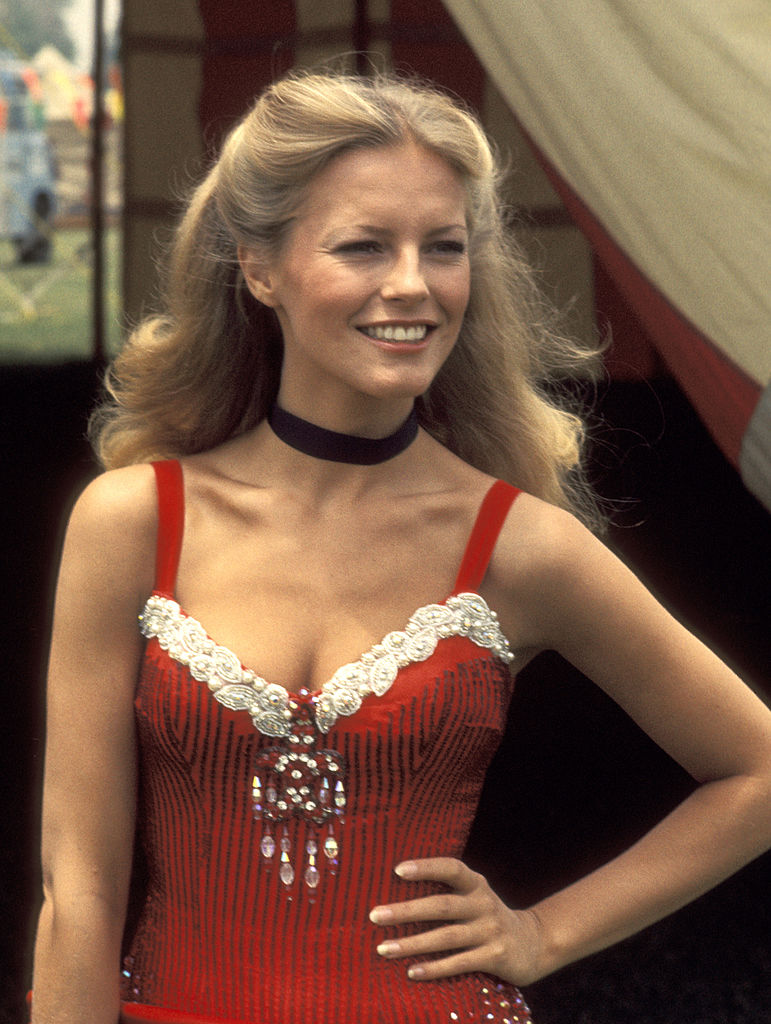
Similarly, when Kirstie Alley joined the cast of Cheers, she made a memorable entrance wearing a bold pink suit, a large blonde wig like Shelley Long’s, and playfully portraying primness and propriety. Her cheerful approach instantly won over the cast and crew, making her a hit from day one.
Legacy
The show’s first seasons were a hit and ranked among the top ten most-watched programmes. But in the 1980s, Charlie’s Angels began to focus more on glamour and less on substance, and viewers began to drift away. The final episode, ‘Long Live Our Angel,’ closed the chapter on this groundbreaking journey.
However, the legacy refused to fade away. The story was revived on the big screen with Cameron Diaz, Drew Barrymore and Lucy Liu as modern Angels who carry the torch forward with more intense action and a fresh cultural vibe.
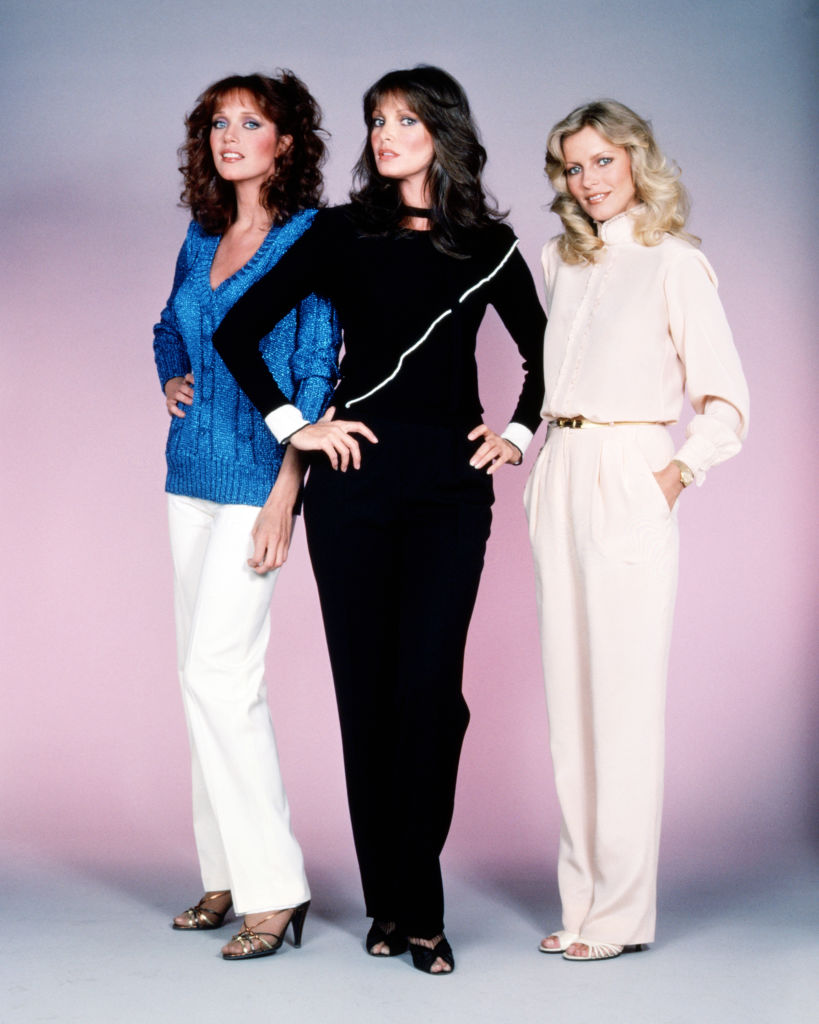
The 2011 reboot attempted to recapture the magic, but failed, ending after only seven episodes. Then, in 2019, Kristen Stewart, Ella Balinska, and Naomi Scott took on the roles, but the series still failed to win over new and old fans alike.
Despite its ups and downs, Charlie’s Angels remains a powerful symbol of female strength and independence.
It challenged stereotypes, opened doors for women in action roles, and showed the world that femininity and toughness are not mutually exclusive. For many viewers, the Angels were not just characters on the television screen — they were pioneers, role models, and proof that women could shine brightly in a world that was just beginning to recognise their strength.
The original stars of Charlie’s Angels
The original cast of Charlie’s Angels in the 1970s won hearts around the world and left an indelible mark on television history.
Here is a brief overview of the fates of the iconic Angels:
Kate Jackson (born 29 October 1948) — Kate is still alive and well, remembered for her role as Sabrina Duncan, the intelligent and tough leader of the Angels.
Farrah Fawcett (2 February 1947 – 25 June 2009) – Sadly, Farrah passed away at the age of 62 after a long battle with anal cancer. She remains one of the most beloved Angels, remembered for her iconic hairstyle and charm.
Jacqueline Smith (born 26 October 1945) — Jacqueline, the only Angel to appear in all 110 episodes, is still alive and thriving. Her role as Kelly Garrett paved the way for female roles on television.
Cheryl Ladd (born 12 July 1951) — the actress who replaced Farrah Fawcett as Chris Munroe is also alive and well, still actively involved in acting and music.
Shelley Hack (born 6 July 1947) — Shelley joined the show in season 4 and lives a full life as an actress and producer.
Tanya Roberts (15 October 1949 — 4 January 2021) — Tanya passed away at the age of 71 due to complications from a urinary tract infection, sadly shortly after she was mistakenly reported to have died.
If you loved Charlie’s Angels or simply want to honour their legacy, share this post and keep their spirit alive!
